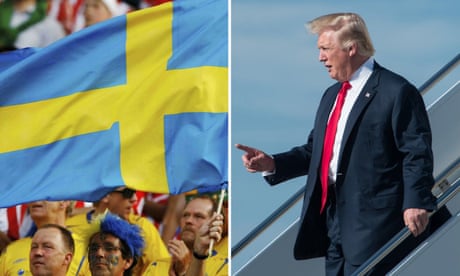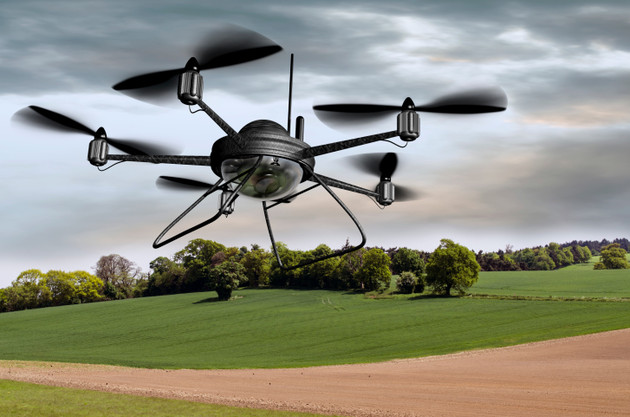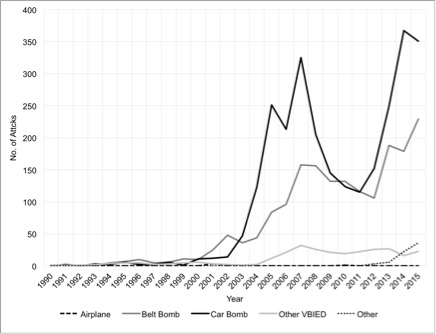An uproar in Mexico over shifting U.S. immigration policies dominated this week's visit to Mexico City by U.S. Secretary of State Rex Tillerson (R) and Department of Homeland Security Secretary John Kelly. (RONALDO SCHEMIDT/AFP/Getty Images)
The acrid political atmosphere between the United States and Mexico created by the issue of immigrant deportation dominated the visit to Mexico City by U.S. Secretary of State Rex Tillerson and John Kelly, secretary of the U.S. Department of Homeland Security (DHS). The shifting U.S. stance toward immigration enforcement will play a significant part in shaping Mexico's domestic political landscape and will affect future relations between the two countries.
The most recent dispute between Mexico City and Washington revolves around memos written by Kelly to his department and made public Monday concerning how to implement executive orders issued by President Donald Trump that give authorities greater latitude to deport foreigners who break U.S. immigration law. Under Kelly's instructions, the United States could send those people to the contiguous country nearest to their point of detention — meaning Mexico in tens of thousands of cases — until their immigration hearings were resolved, although he said people whose cases were decided would be transported directly back to their home countries.






















